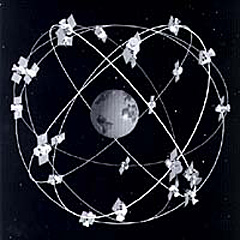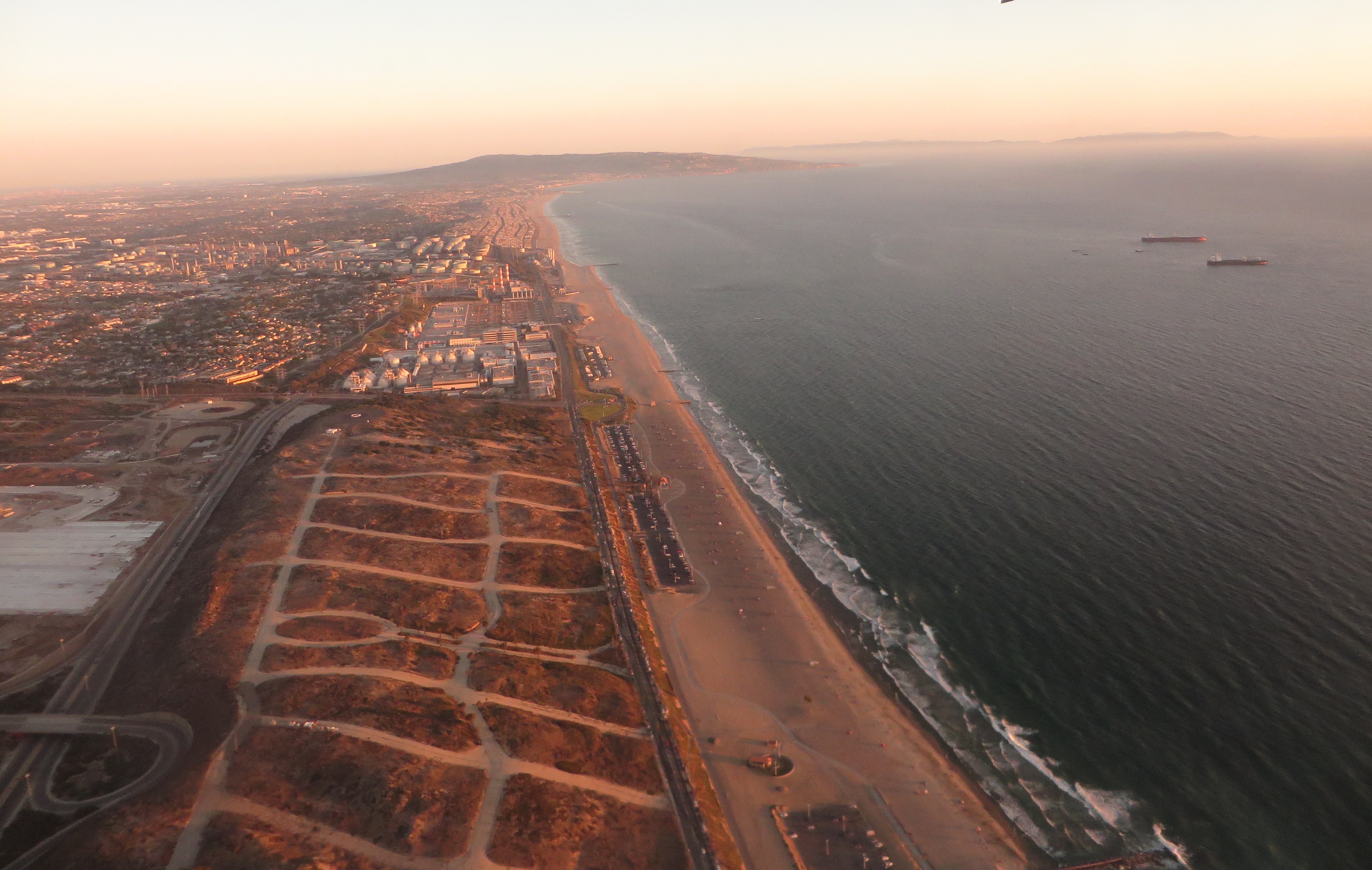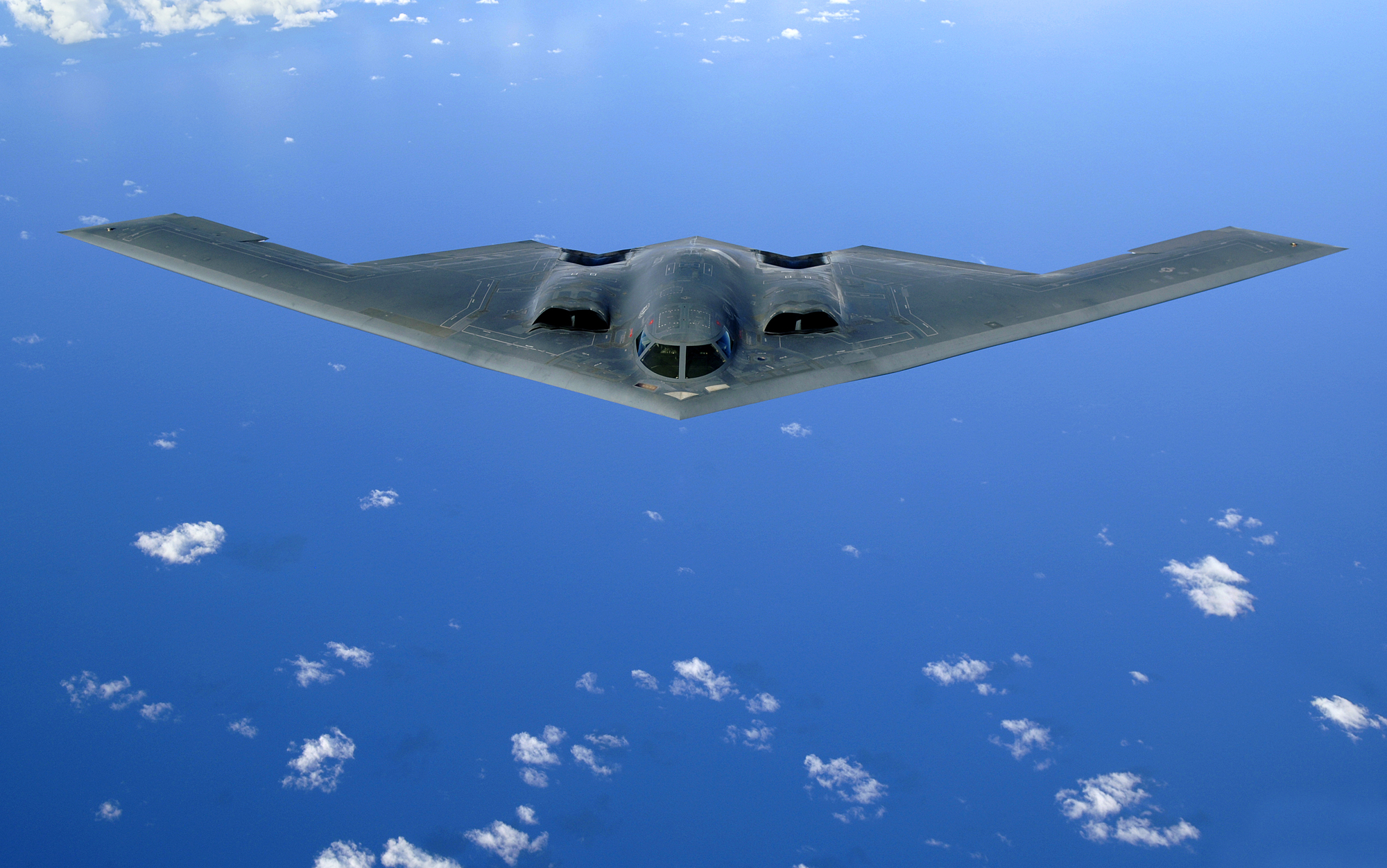|
GPS Block IIIF
GPS Block IIIF, or GPS III Follow On (GPS IIIF), is the second set of GPS Block III satellites, consisting of up to 22 space vehicles. The United States Air Force began the GPS Block IIIF acquisition effort in 2016. On 14 September 2018, a manufacturing contract with options worth up to $7.2 billion was awarded to Lockheed Martin. The 22 satellites in Block IIIF are projected to start launching in 2027, with launches estimated to last through at least 2034. System Enhancements Engineering efforts for Block IIIF satellites began upon contract award in 2016 -- a full 16 years after the government approved entry into the initial modernization efforts for GPS III in 2000. As a result, GPS Block IIIF introduces a number of improvements and novel capabilities compared to all previous GPS satellite blocks. System Improvements Redesigned Nuclear Detonation Detection System Payload Block IIIF satellites host a redesigned U.S. Nuclear Detonation Detection System (USNDS) solut ... [...More Info...] [...Related Items...] OR: [Wikipedia] [Google] [Baidu] |
Lockheed Martin
The Lockheed Martin Corporation is an American aerospace, arms, defense, information security, and technology corporation with worldwide interests. It was formed by the merger of Lockheed Corporation with Martin Marietta in March 1995. It is headquartered in North Bethesda, Maryland, in the Washington, D.C. area. Lockheed Martin employs approximately 115,000 employees worldwide, including about 60,000 engineers and scientists as of January 2022. Lockheed Martin is one of the largest companies in the aerospace, military support, security, and technologies industry. It is the world's largest defense contractor by revenue for fiscal year 2014.POC Top 20 Defence Contractors of 2014 . Retrieved: July 2015 In 2013, 78% of Lockheed Martin's revenues came from military sales; [...More Info...] [...Related Items...] OR: [Wikipedia] [Google] [Baidu] |
GPS Satellite Blocks
GPS satellite blocks are the various production generations of the Global Positioning System (GPS) used for satellite navigation. The first satellite in the system, Navstar 1, was launched on 22 February 1978. The GPS satellite constellation is operated by the 2nd Space Operations Squadron (2SOPS) of Space Delta 8, United States Space Force. The GPS satellites circle the Earth at an altitude of about 20,000 km (12,427 miles) and complete two full orbits every day. Satellites by block Block I satellites Rockwell International was awarded a contract in 1974 to build the first eight Block I satellites. In 1978, the contract was extended to build an additional three Block I satellites. Beginning with Navstar 1 in 1978, ten "Block I" GPS satellites were successfully launched. One satellite, "Navstar 7", was lost due to an unsuccessful launch on 18 December 1981. The Block I satellites were launched from Vandenberg Air Force Base using Atlas rockets that were con ... [...More Info...] [...Related Items...] OR: [Wikipedia] [Google] [Baidu] |
GPS Block III
GPS Block III (previously Block IIIA) consists of the first ten GPS satellite blocks, GPS III satellites, which will be used to keep the Navstar Global Positioning System operational. Lockheed Martin designed, developed and manufactured the GPS III Non-Flight Satellite Testbed (GNST) and all ten Block III satellites. The first satellite in the series was launched in December 2018. The tenth and final GPS Block III launch is projected in 2023. History The United States' Global Positioning System (GPS) reached Full Operational Capability on 17 July 1995, completing its original design goals. Advances in technology and new demands on the existing system led to the effort to modernize the GPS system. In 2000, the U.S. Congress authorized the effort, referred to as GPS III. The project involves new ground stations and new satellites, with additional navigation signals for both civilian and military users, and aims to improve the accuracy and availability for all users. Raytheo ... [...More Info...] [...Related Items...] OR: [Wikipedia] [Google] [Baidu] |
El Segundo, California
El Segundo ( , ; ) is a city in Los Angeles County, California, United States. Located on Santa Monica Bay, it was incorporated on January 18, 1917, and is part of the South Bay Cities Council of Governments. The population was 16,731 as of the 2020 census, a 0.5% increase from 16,654 in the 2010 census. History The El Segundo and Los Angeles coastal area was first settled by the Tongva (or Gabrieleños) Native American tribes thousands of years ago. The area was once a part of ''Rancho Sausal Redondo'' ("Round Willow Patch Ranch"). Rancho Sausal Redondo extended from Playa Del Rey in the north to Redondo Beach in the south. Originally a Mexican land grant owned by Antonio Ygnacio Avila, the rancho was later purchased by a Scottish baronet named Sir Robert Burnett. After his return to Scotland, the property was purchased by then-manager of the rancho, Daniel Freeman. Daniel Freeman sold portions of the rancho to several persons. George H. Peck owned the of land where the ... [...More Info...] [...Related Items...] OR: [Wikipedia] [Google] [Baidu] |
Northrop Grumman
Northrop Grumman Corporation is an American multinational aerospace and defense technology company. With 90,000 employees and an annual revenue in excess of $30 billion, it is one of the world's largest weapons manufacturers and military technology providers. The firm ranks on the 2022 ''Fortune'' 500 list of America's largest corporations. Northrop Grumman and its industry partners have won the Collier Trophy eight times, most recently for developing the X-47B, the first unmanned, autonomous air system to operate from an aircraft carrier. Northrop Grumman currently leads the development of the B-21 Raider, a long-range, stealth strategic bomber that can drop conventional and nuclear weapons; it will replace Northrop's own B-2 Spirit, the world's only known stealth bomber. Among its other current projects are development and production of the James Webb Space Telescope, an orbiting observatory launched in 2021, and production of the solid rocket boosters for NASA's Space ... [...More Info...] [...Related Items...] OR: [Wikipedia] [Google] [Baidu] |
Lockheed Martin Space
Lockheed Martin Space is one of the four major business divisions of Lockheed Martin. It has its headquarters in Littleton, Colorado, with additional sites in Valley Forge, Pennsylvania; Sunnyvale, California; Santa Cruz, California; Huntsville, Alabama; and elsewhere in the United States and United Kingdom. The division currently employs about 16,000 people, and its most notable products are commercial and military satellites, space probes, missile defense systems, NASA's Orion spacecraft, and the Space Shuttle external tank. History The Lockheed Missile Systems Division was established in Van Nuys, California, in late 1953 to consolidate work on the Lockheed X-17 and X-7. The X-17 was a three-stage solid-fuel research rocket designed to test the effects of high mach atmospheric reentry. The X-17 was also used as the booster for the Operation Argus series of three high-altitude nuclear tests conducted in the South Atlantic in 1958. The Lockheed X-7 (dubbed the "Flying Stove ... [...More Info...] [...Related Items...] OR: [Wikipedia] [Google] [Baidu] |
Boeing Defense, Space & Security
Boeing Defense, Space & Security (BDS) is a division (business unit) of The Boeing Company based in Arlington, Virginia. It is responsible for defense and aerospace products and services. It was formerly known as Boeing Integrated Defense Systems (IDS). Boeing Integrated Defense Systems was formed in 2002 by combining the former "Military Aircraft and Missile Systems" and "Space and Communications" divisions. Boeing Defense, Space & Security makes Boeing the second-largest defense contractor in the world, and was responsible for 45% of the company's income in 2011."Defense News Top 100" (for 2011 using 2011 data). ''''. Boeing Defense, Space & Security is a conso ... [...More Info...] [...Related Items...] OR: [Wikipedia] [Google] [Baidu] |
Unified S-Band
The Unified S-band (USB) system is a tracking and communication system developed for the Apollo program by NASA and the Jet Propulsion Laboratory (JPL). It operated in the S band portion of the microwave spectrum, unifying voice communications, television, telemetry, command, tracking and ranging into a single system to save size and weight and simplify operations. The USB ground network was managed by the Goddard Space Flight Center (GSFC). Commercial contractors included Collins Radio, Blaw-Knox, Motorola and Energy Systems. Basis The previous programs, Mercury and Gemini, had separate radio systems for voice, telemetry, and tracking. Uplink voice and command, and downlink voice and telemetry data were sent via ultra high frequency (UHF) and very high frequency (VHF) systems. The tracking capability was a C band beacon interrogated by a ground-based radar. With the much greater distance of Apollo, passive ranging was not feasible, so a new active ranging system was req ... [...More Info...] [...Related Items...] OR: [Wikipedia] [Google] [Baidu] |
National Geospatial-Intelligence Agency
The National Geospatial-Intelligence Agency (NGA) is a combat support agency within the United States Department of Defense whose primary mission is collecting, analyzing, and distributing geospatial intelligence (GEOINT) in support of national security. Initially known as the National Imagery and Mapping Agency (NIMA) from 1996 to 2003, it is a member of the United States Intelligence Community. NGA headquarters, also known as NGA Campus East or NCE, is located at Fort Belvoir North Area in Springfield, Virginia. The agency also operates major facilities in the St. Louis, Missouri area (referred to as NGA Campus West or NCW), as well as support and liaison offices worldwide. The NGA headquarters, at , is the third-largest government building in the Washington metropolitan area after The Pentagon and the Ronald Reagan Building. In addition to using GEOINT for U.S. military and intelligence efforts, NGA provides assistance during natural and man-made disasters, aids in security ... [...More Info...] [...Related Items...] OR: [Wikipedia] [Google] [Baidu] |
Ephemeris
In astronomy and celestial navigation, an ephemeris (pl. ephemerides; ) is a book with tables that gives the trajectory of naturally occurring astronomical objects as well as artificial satellites in the sky, i.e., the position (and possibly velocity) over time. Historically, positions were given as printed tables of values, given at regular intervals of date and time. The calculation of these tables was one of the first applications of mechanical computers. Modern ephemerides are often provided in electronic form. However, printed ephemerides are still produced, as they are useful when computational devices are not available. The astronomical position calculated from an ephemeris is often given in the spherical polar coordinate system of right ascension and declination, together with the distance from the origin if applicable. Some of the astronomical phenomena of interest to astronomers are eclipses, apparent retrograde motion/planetary stations, planetary es, sidereal tim ... [...More Info...] [...Related Items...] OR: [Wikipedia] [Google] [Baidu] |
United States Naval Research Laboratory
The United States Naval Research Laboratory (NRL) is the corporate research laboratory for the United States Navy and the United States Marine Corps. It was founded in 1923 and conducts basic scientific research, applied research, technological development and prototyping. The laboratory's specialties include plasma physics, space physics, materials science, and tactical electronic warfare. NRL is one of the first US government scientific R&D laboratories, having opened in 1923 at the instigation of Thomas Edison, and is currently under the Office of Naval Research. As of 2016, NRL was a United States Navy Working Capital Fund, Navy Working Capital Fund activity, which means it is not a line-item in the US Federal Budget. Instead of direct funding from Congress, all costs, including overhead, were recovered through sponsor-funded research projects. NRL's research expenditures were approximately $1 billion per year. Research The Naval Research Laboratory conducts a wide v ... [...More Info...] [...Related Items...] OR: [Wikipedia] [Google] [Baidu] |
Laser Retroreflector Arrays
A retroreflector (sometimes called a retroflector or cataphote) is a device or surface that reflects radiation (usually light) back to its source with minimum scattering. This works at a wide range of angle of incidence, unlike a planar mirror, which does this only if the mirror is exactly perpendicular to the wave front, having a zero angle of incidence. Being directed, the retroflector's reflection is brighter than that of a diffuse reflector. Corner reflectors and cat's eye reflectors are the most used kinds. Types There are several ways to obtain retroreflection: Corner reflector A set of three mutually perpendicular reflective surfaces, placed to form the internal corner of a cube, work as a retroreflector. The three corresponding normal vectors of the corner's sides form a basis in which to represent the direction of an arbitrary incoming ray, . When the ray reflects from the first side, say x, the ray's ''x''-component, ''a'', is reversed to −''a'', while the ... [...More Info...] [...Related Items...] OR: [Wikipedia] [Google] [Baidu] |






